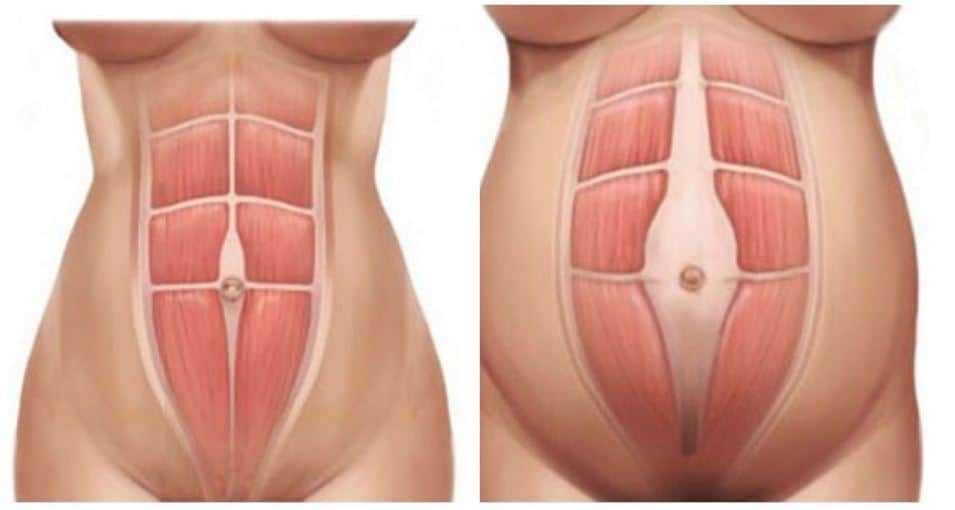Pregnancy is one of the most beautiful phases of a woman’s life. The soft tummy kicks from the baby and being treated like a delicate porcelain bowl are some of the beautiful pregnancy experiences women enjoy. But while great, pregnancy is not all sunshine and rainbows. During these nine months, your body undergoes immense changes, and despite what celebrities portray, it doesn’t exactly snap back after you deliver. In fact, two-thirds of women develop a condition known as diastasis recti, which causes the abdominal muscles to separate. If you’re among these stats, here are four tips on how to fix diastasis recti.
1. Practice Proper Posture
Other than good appearance, a good posture has been linked to a string of health benefits. For instance, good posture has been proven to help with back pain by decreasing the abnormal wearing of joint surfaces and preventing the spine from being fixed in abnormal positions. Also, when you maintain the proper posture, all your muscles are used efficiently; hence, your body uses less energy and, consequently, prevents fatigue.
What’s more, is that maintaining a good posture can also help speed up your diastasis recti recovery efforts. How? Well, proper posture ensures all bones and joints are aligned correctly, so all your muscles are used properly. With bones and joints properly aligned, it becomes easier to engage the deep abdominal muscles critical to diastasis recti recovery. So, if you’ve recently been on the search on how to fix diastasis recti, then the first step you should take is fixing your posture.
2. Exercise! Exercise! Exercise!
As with proper posture, exercising has been proven to have immense benefits not only to those with diastasis recti, but also everyone out there. With that said, deep core exercising is one of the key ways to get rid of that frustrating baby pooch caused by diastasis recti. To be precise, you need to do more exercises that engage the transverse abdominis muscles as they usually offer support to the stretched out muscles, and as a result, enabling your core to rebuild itself.
While at it, also ensure you include workouts that help you regain strength in the diaphragm and pelvic areas and breathe in deeply as well. However, note, while it’s true diastasis recti causes a stubborn baby pooch, the key to exercising, in this case, is not to have a flat tummy, but to rebuild your muscles and eliminate the separation of muscles caused by the condition. Therefore, you should avoid any exercises that put a strain on your recti muscles or, rather, flat tummy exercises. You should instead do exercises that pull your belly in. Some of these include
- Diaphragmatic breathing
- C-curving
- Standing push-ups
- Side plank
- Bridge pose
- Double leg extension
- Toe taps while lying on your back
3. Consider Using Medical Grade Diastasis Recti Splint
To further accelerate your healing process, consider using a medical-grade diastasis recti splint while exercising. It supports and, at the same time, compresses your lower-back abdomen, and as a result, reduces swelling caused by diastasis recti and supports the weak tissues. It is especially great if you’ve also been experiencing some of the diastasis recti symptoms such as poor posture and low back pain.
4. Know What to Avoid
There are certain things that you may unknowingly do that tend to worsen muscle separation. For instance, leaning forward while pushing a stroller tends to create extra pressure on your abdomen, and as a result, worsens diastasis recti. Using a front-loading baby carrier also has the same impact. Therefore, avoid activities which, even though simple, are strenuous or tend to create pressure on the abdomen as these motions cause further muscle separation.
It can be frustrating to have a baby-pooch that never goes away due to diastasis recti. However, this isn’t a permanent condition, and with the tips above, you can say goodbye to it.




